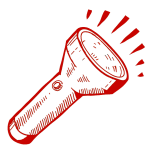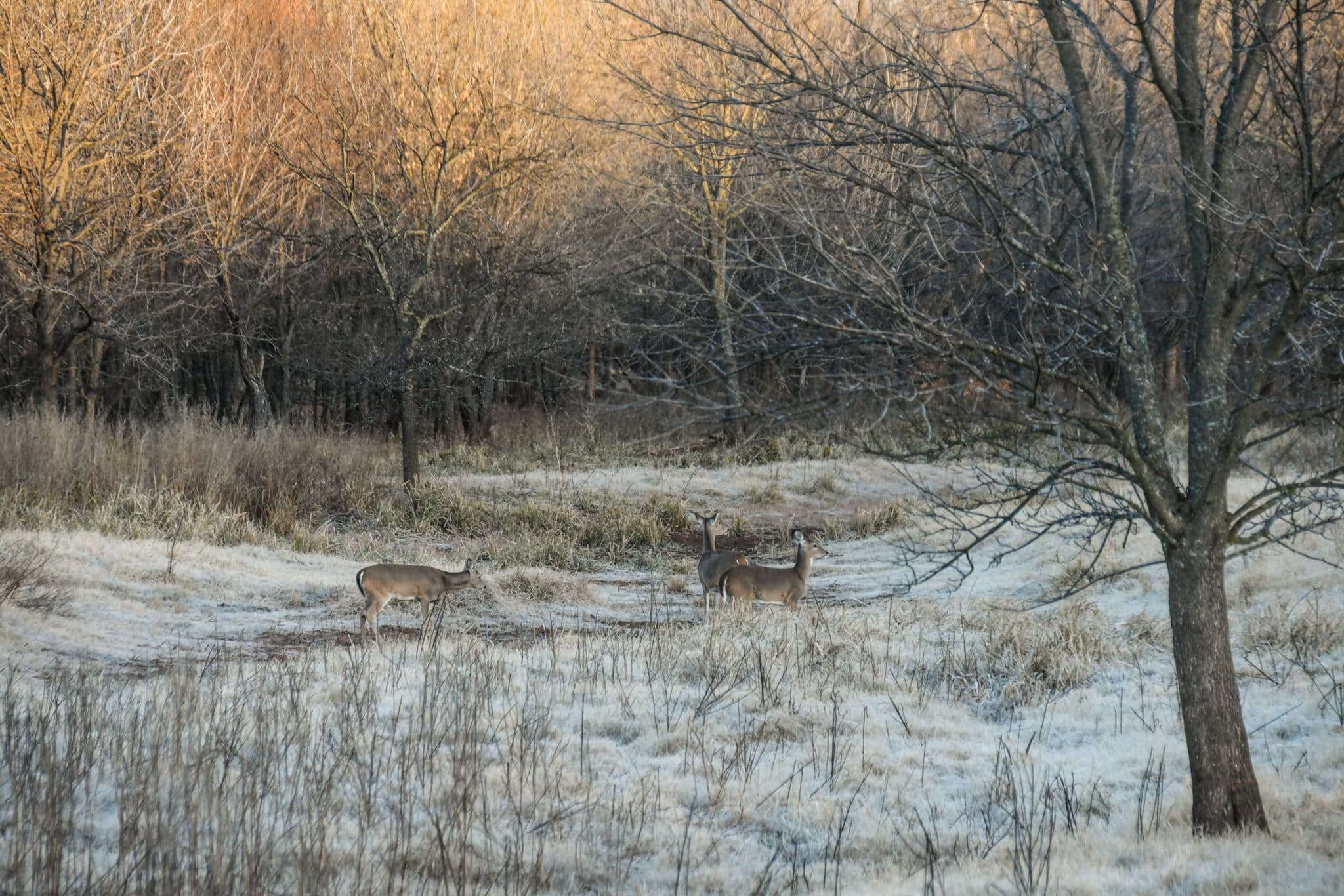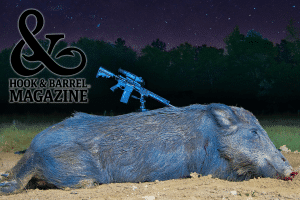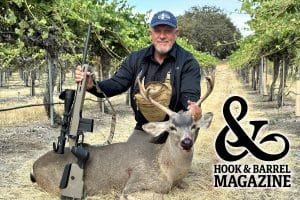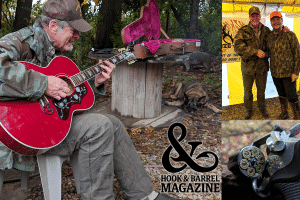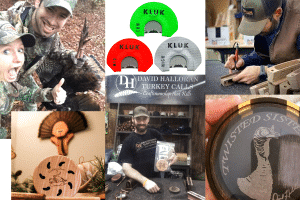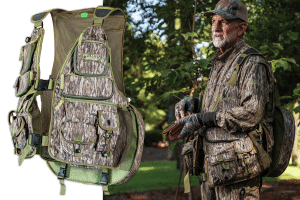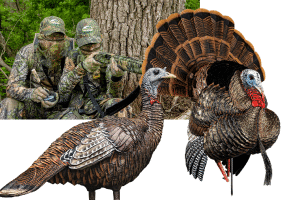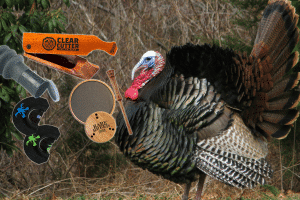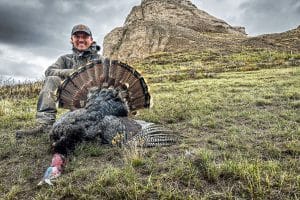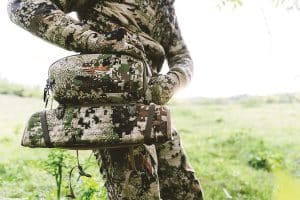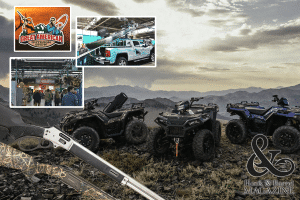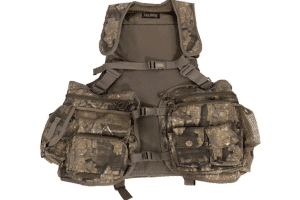- By Josh Honeycutt
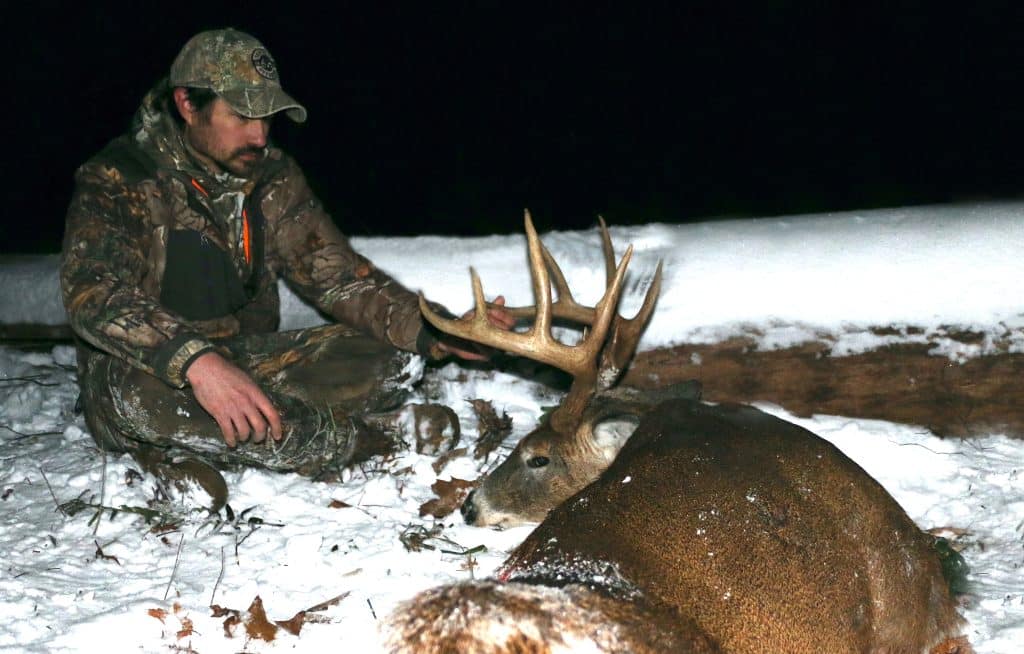
Deer season is winding down, and only some late-season action remains to be had. Hunters still packing tags can either throw in the towel or continue working to finish the season strong. For those who choose the latter route, avoid making these 21 late season deer hunting mistakes.
1. Clearing large shooting lanes.
Taking too much cover will expose your position, even if hunting from an elevated blind or treestand.
2. Ignoring important details.
Pay attention to everything, even if it doesn’t seem significant. It just might be the clue needed to fill a deer tag.
3. Not wearing quality hunting clothes.
The late season can be cold. Wear clothing that protects you from the elements but that aren’t too bulky to shoot while wearing.
4. Spending too much time scouting.
If you burn the entire available time searching for deer and deer sign, you won’t have much time left to hunt.
5. Spending too little time scouting.
If you don’t scout enough, the odds of locating a mature buck fall greatly. Find balance.
6. Leaving cameras and stands in the wrong places.
Generally, early-season, pre-rut, and rut hotspots don’t make great late season honey holes.
7. Not practicing shots.
Regardless of the weapon being used, practice with it. Become proficient with it. Shooting is hard on its own. Add in the late-season element, and it’s difficult to draw back on deer.

8. Missing out on big temperature drops.
Deer seem to move better just before, during, and even after major temperature swings to the downside.
9. Sitting out on the warmer days.
Deer move on warmer days, too, especially if it’s a sudden warmup following numerous days of really cold weather.
10. Completely abandoning scrapes.
While usage of scrapes drops off during and after the rut, deer scrape year-round. Don’t forget about these, especially for trail camera placement.
11. Using calls too much and not at all.
Over-calling can be detrimental to a hunt, especially during the late season. However, it still has a time and place, especially if a deer seems as if it will respond positively.
12. Not locating late-season sanctuaries.
By now, deer have moved into areas where they feel safest. These spots are usually sanctuaries that rarely see human intrusion.
13. Failing to hunt the right bedding areas.
During the late season, deer need solar bedding cover (southern-facing slopes), which receives more sunlight, and thermal bedding cover (thick stands of conifers, such as cedar, spruce, and pine), which retain more heat and shield deer from the rain, sleet, snow, and wind.
14. Avoiding the right food sources.
Deer are browsing animals. They live off bark, buds, leaves, sticks, twigs, and other woody browse. This can comprise more than 60% of a deer’s diet, especially where food sources are limited.
15. Hunting certain food sources at the wrong time.
Deer tend to hit food sources at their peak. For example, brassicas peaks in winter as sugar levels increase. Find the timely grub and find the deer.
16. Forgetting about water sources.
Deer drink up to 5 quarts per day. That’s reason enough to find the water sources local bucks prefer to use.
17. Hunting mornings without the right conditions.
If you can’t reasonably get there without spooking deer, it isn’t worth the effort. You’re doing more harm than good. Just wait for the fall hunt.
18. Driving all the way to treestand locations.
By now, the local deer herd knows what a four-wheeler means. The fact it shuts off right beside a treestand or blind just makes it worse.
19. Overhunting treestand and blind locations.
If the access isn’t perfect, allow certain treestands to rest. Don’t overhunt any location, even if it’s your best shot. Don’t be predictable.
20. Using bad access routes and strategies.
Good entry routes keep deer from seeing, hearing, or smelling you. Find paths in and out that don’t alert deer to your presence.
21. Pushing in too far or not far enough.
Find that happy medium, and hunt there.
If you can avoid these 21 Late Season Deer Hunting Mistakes, you may score that 4th quarter hail Mary Booner!

